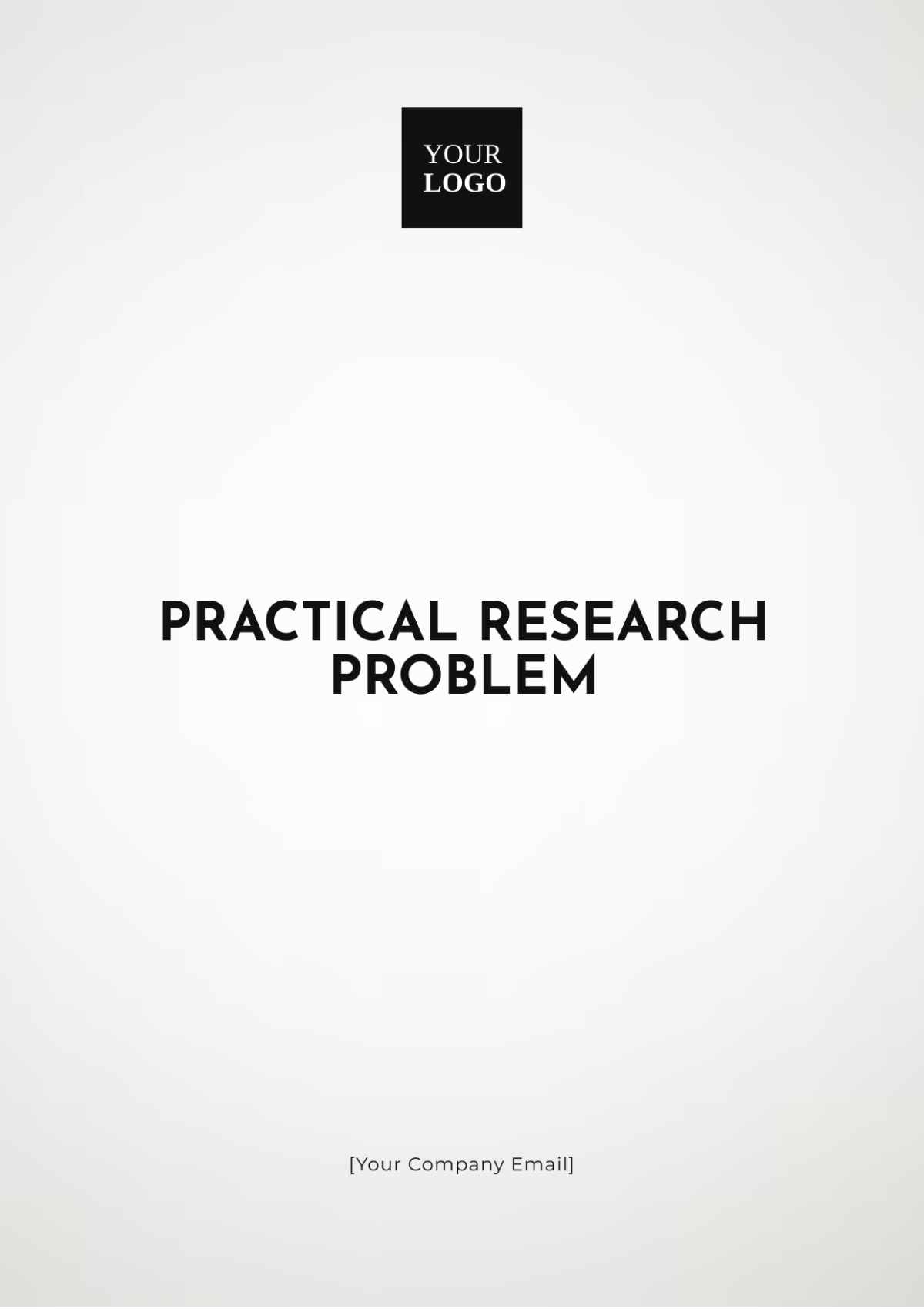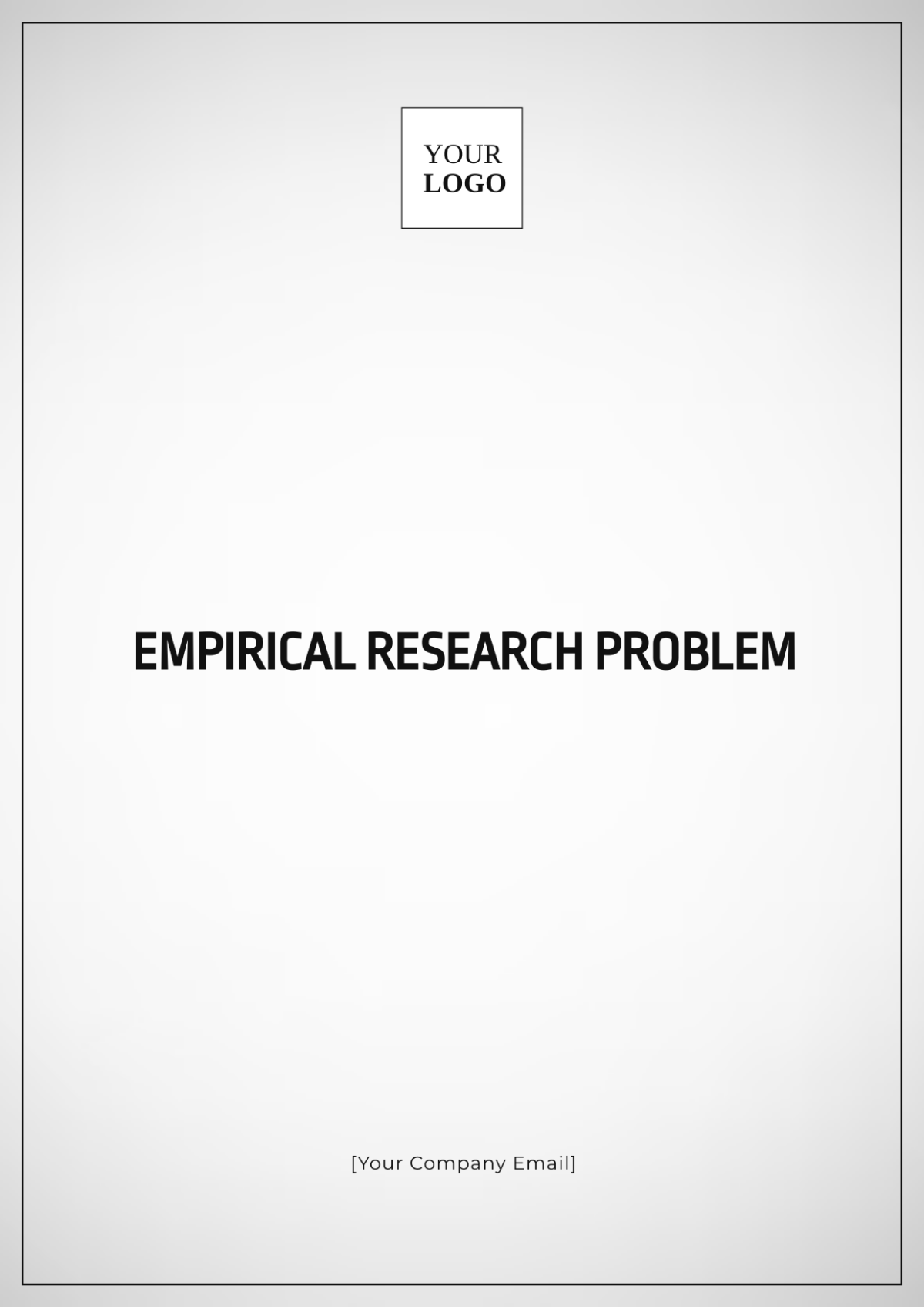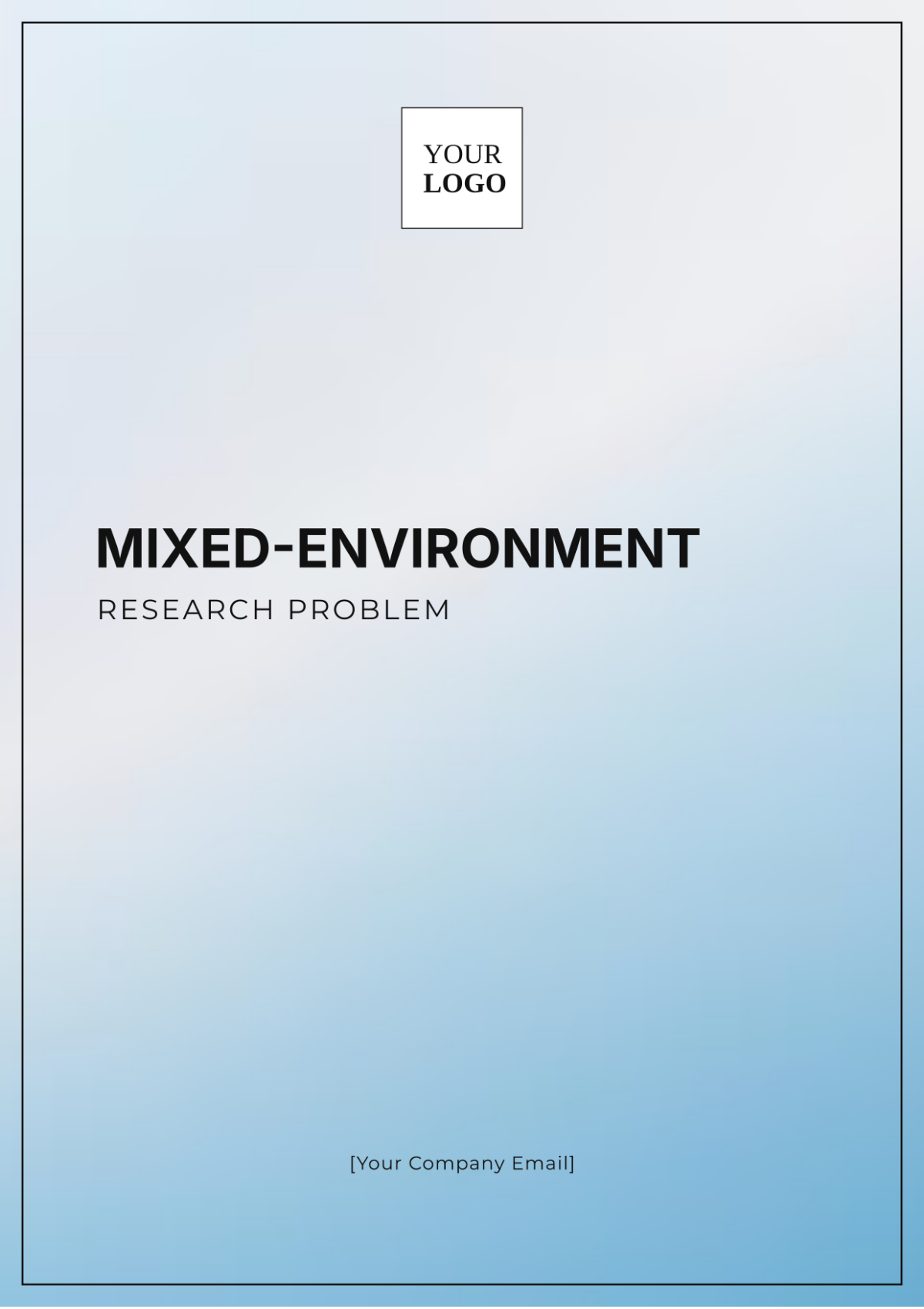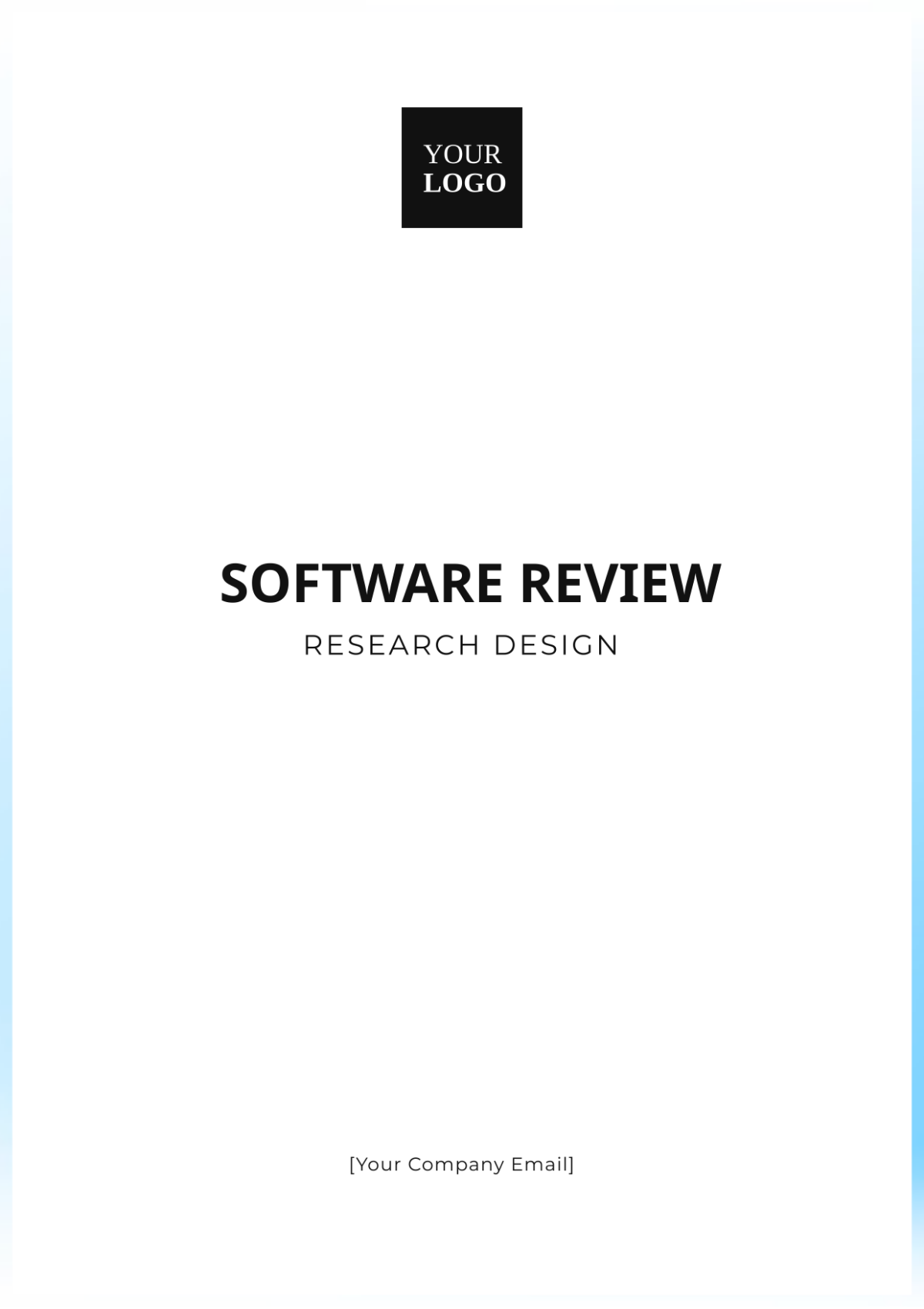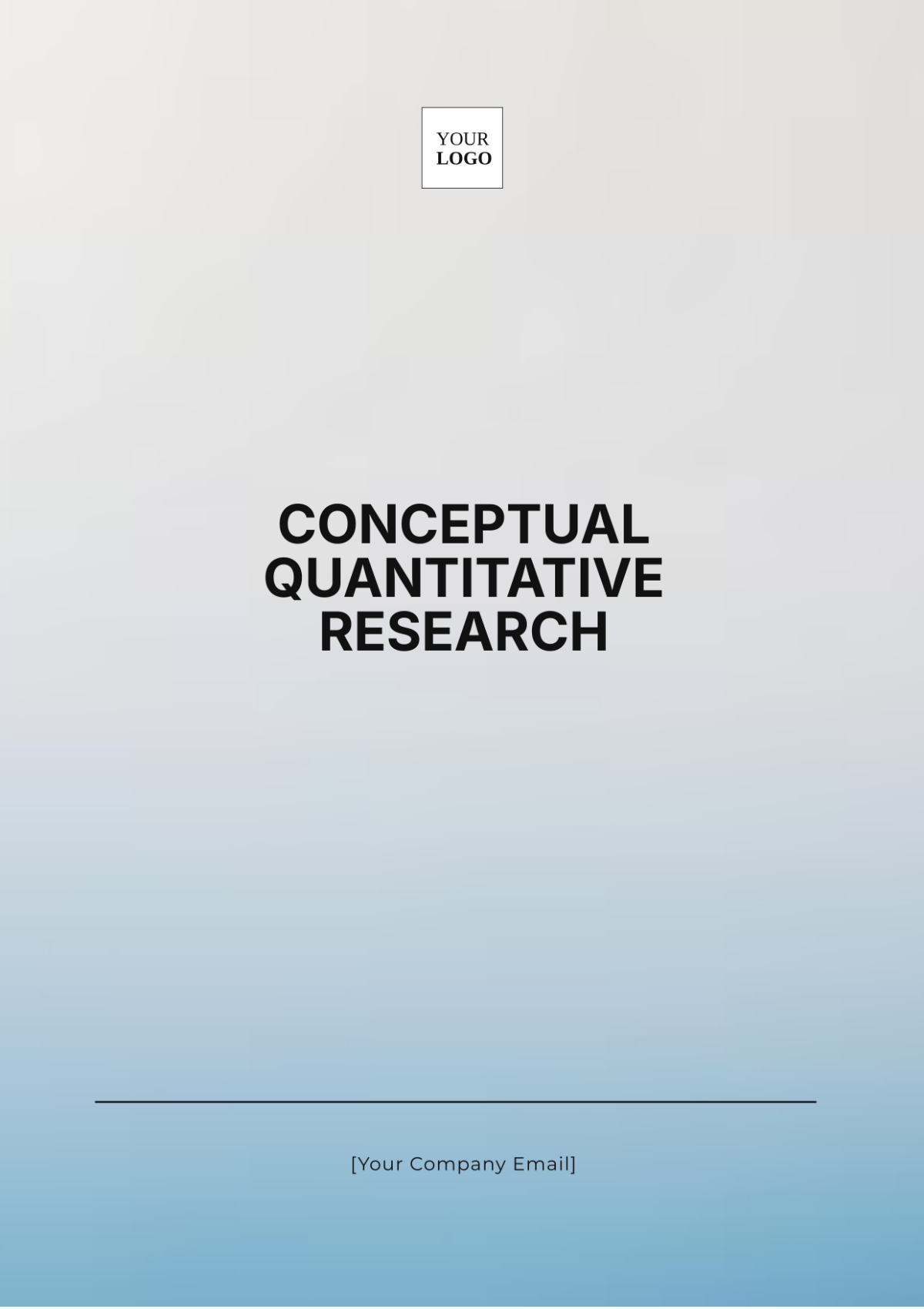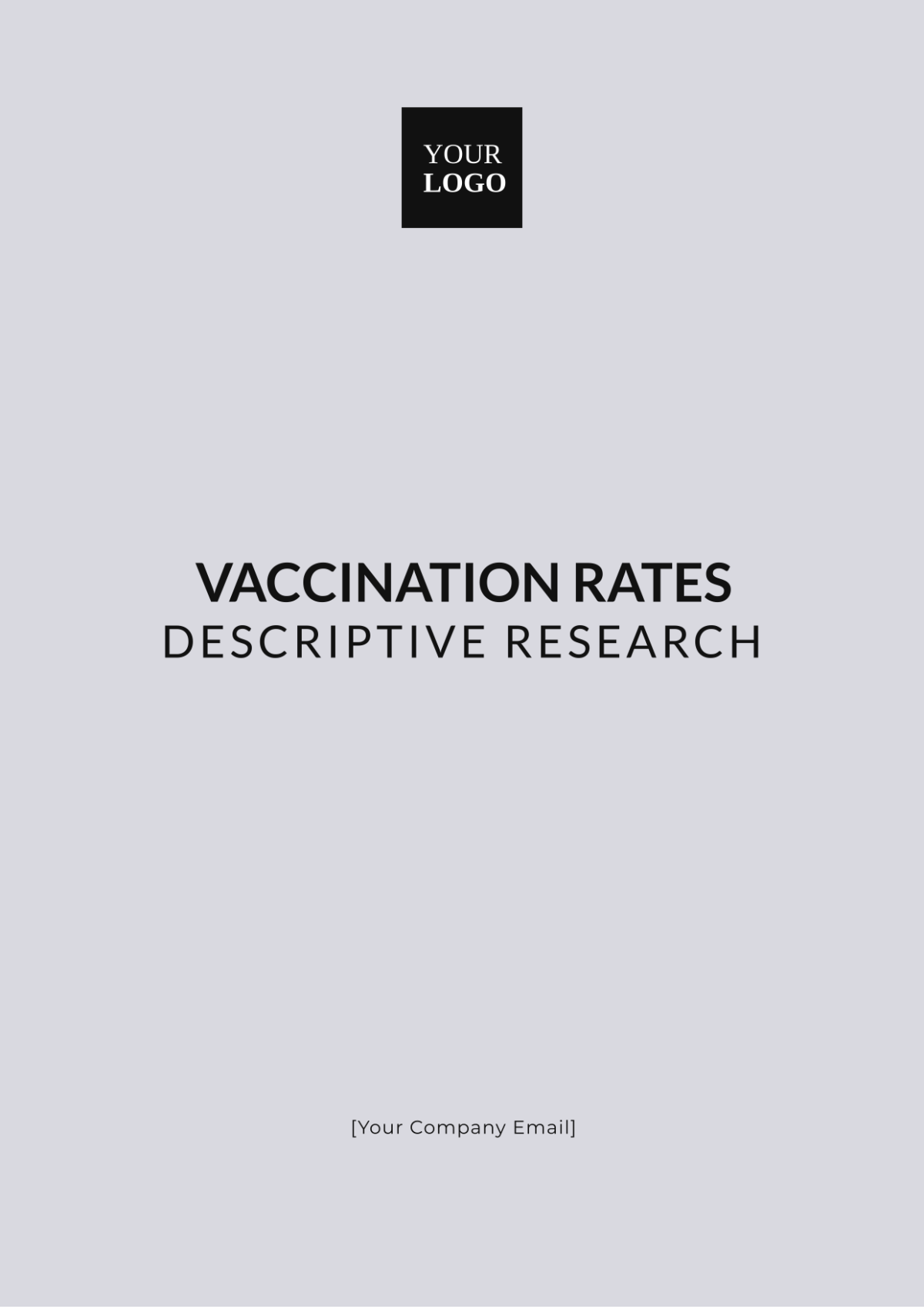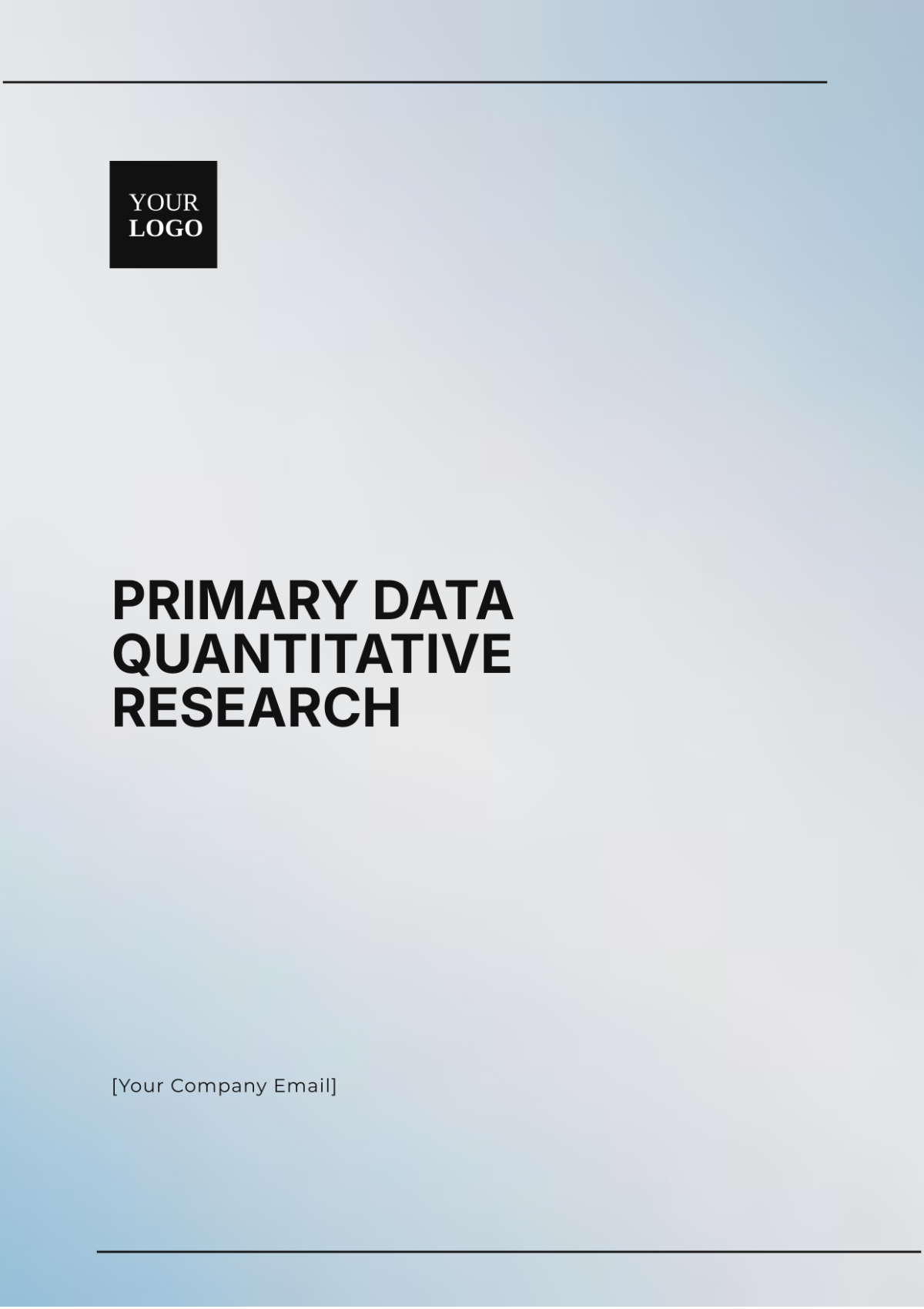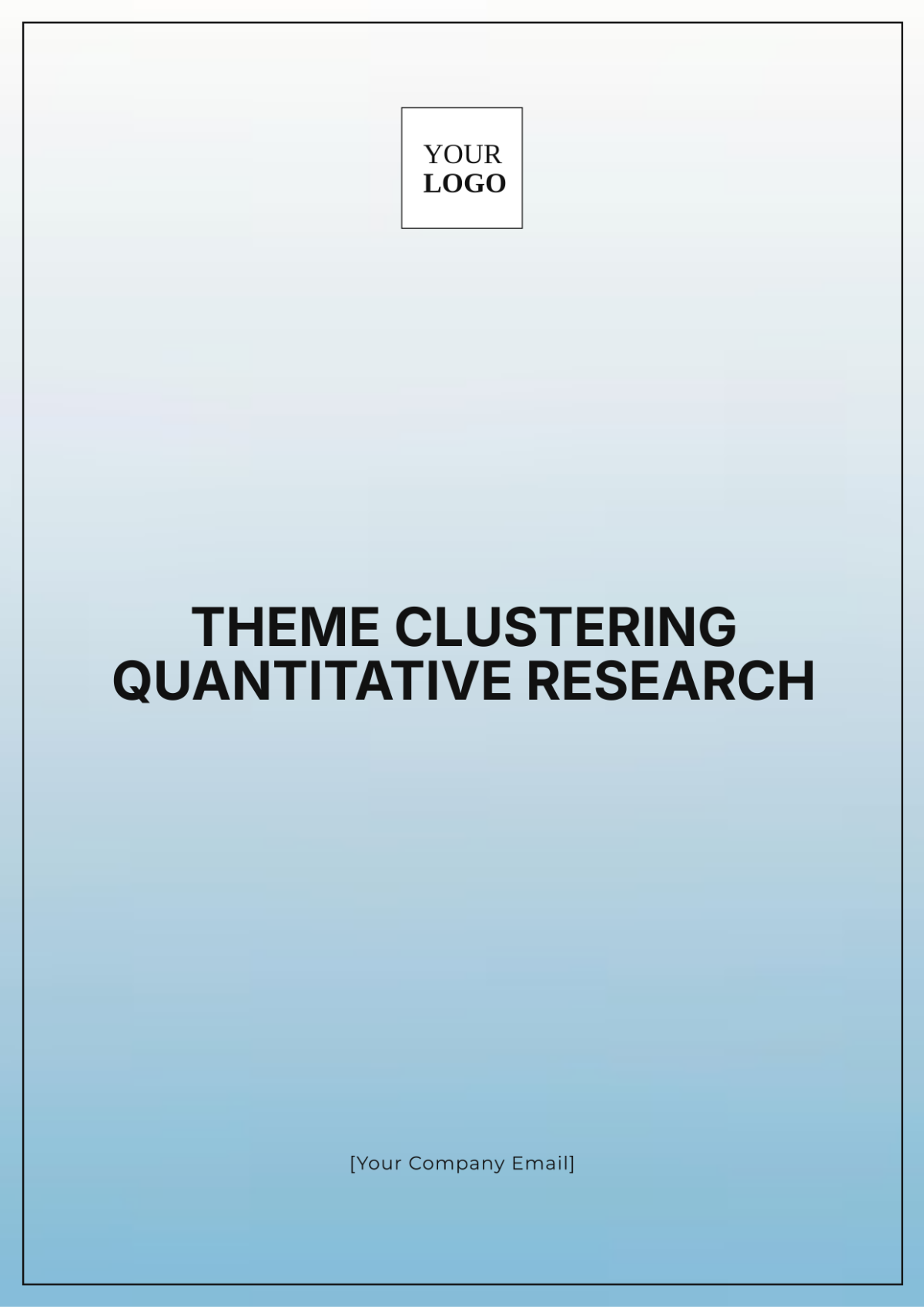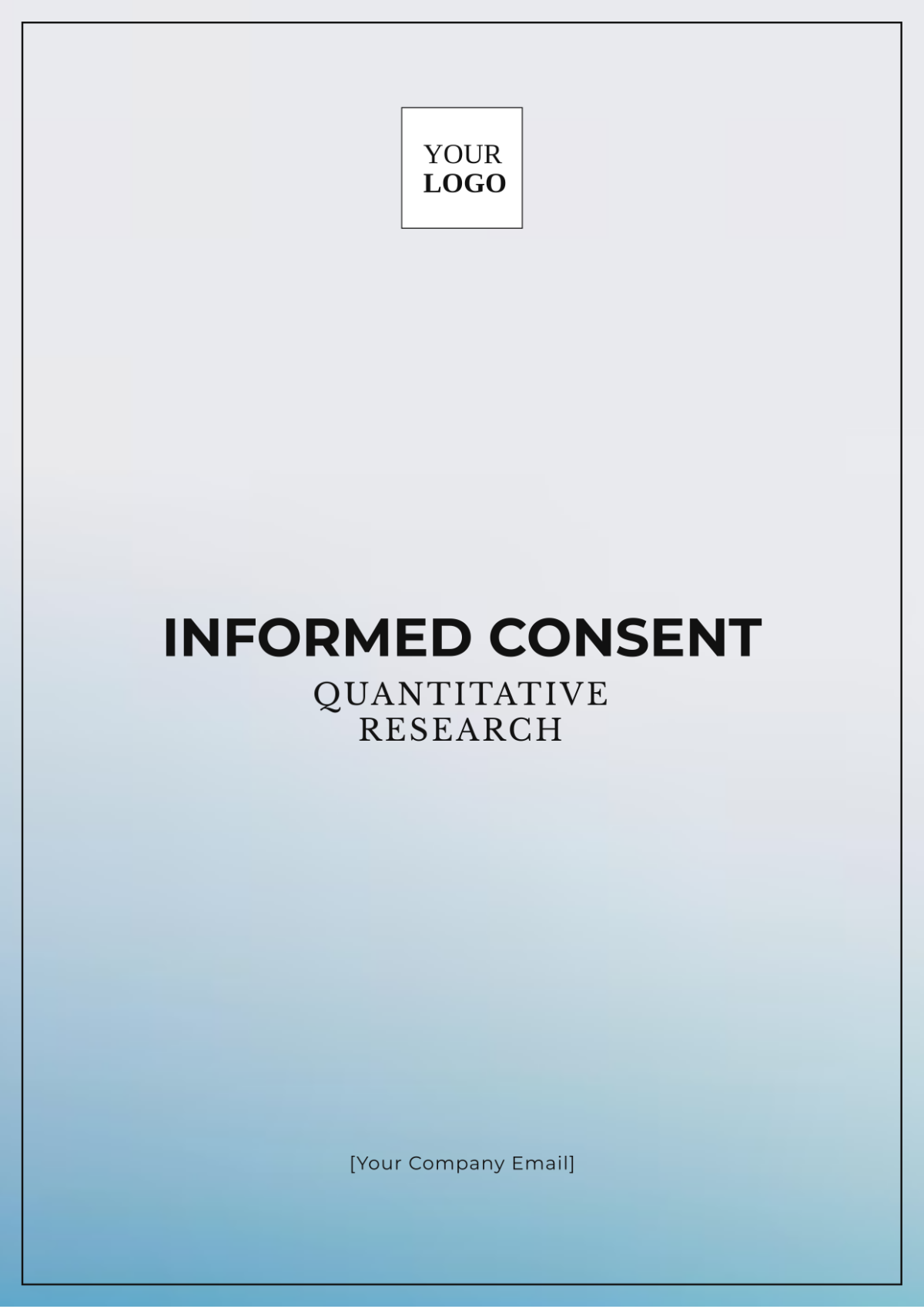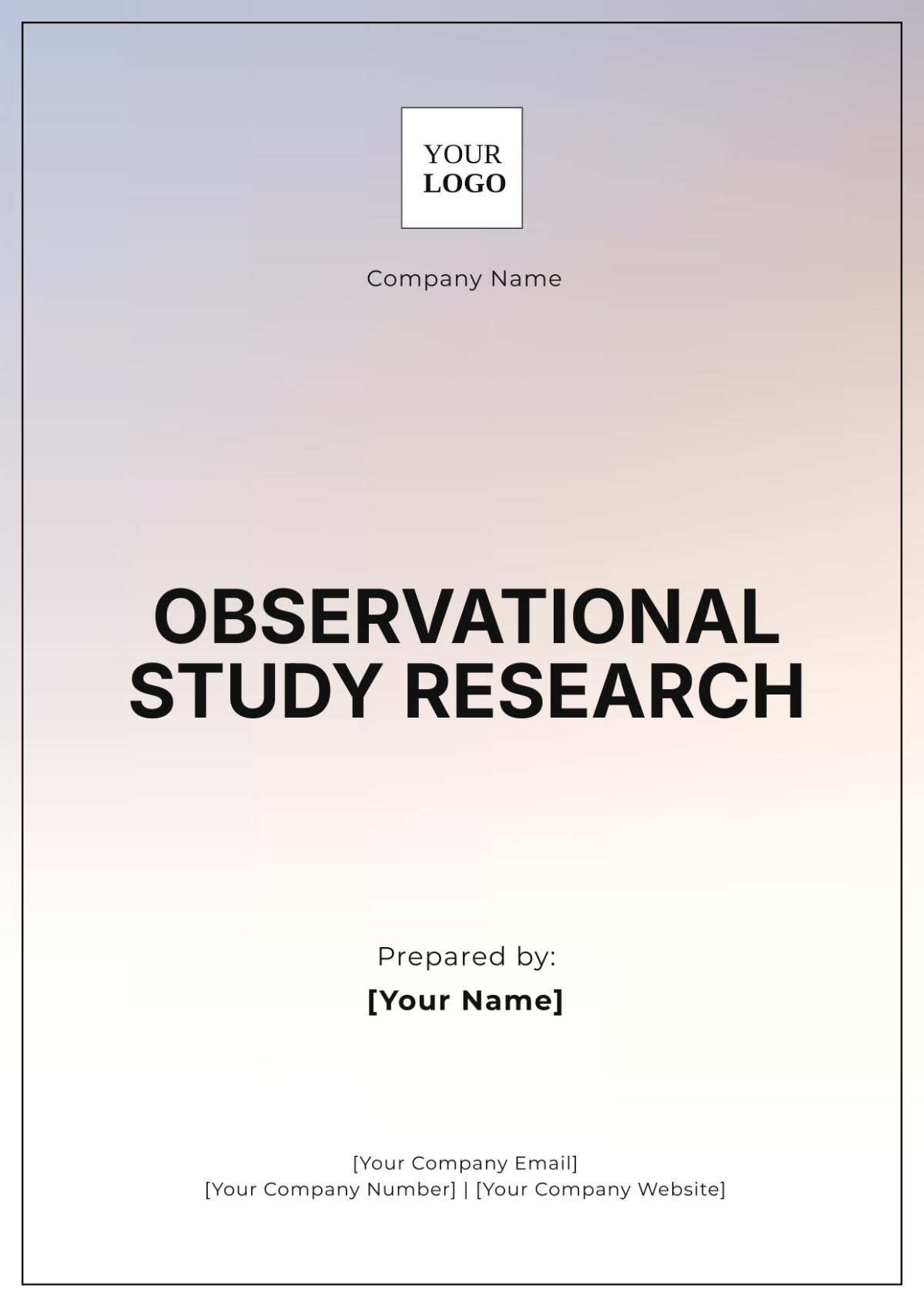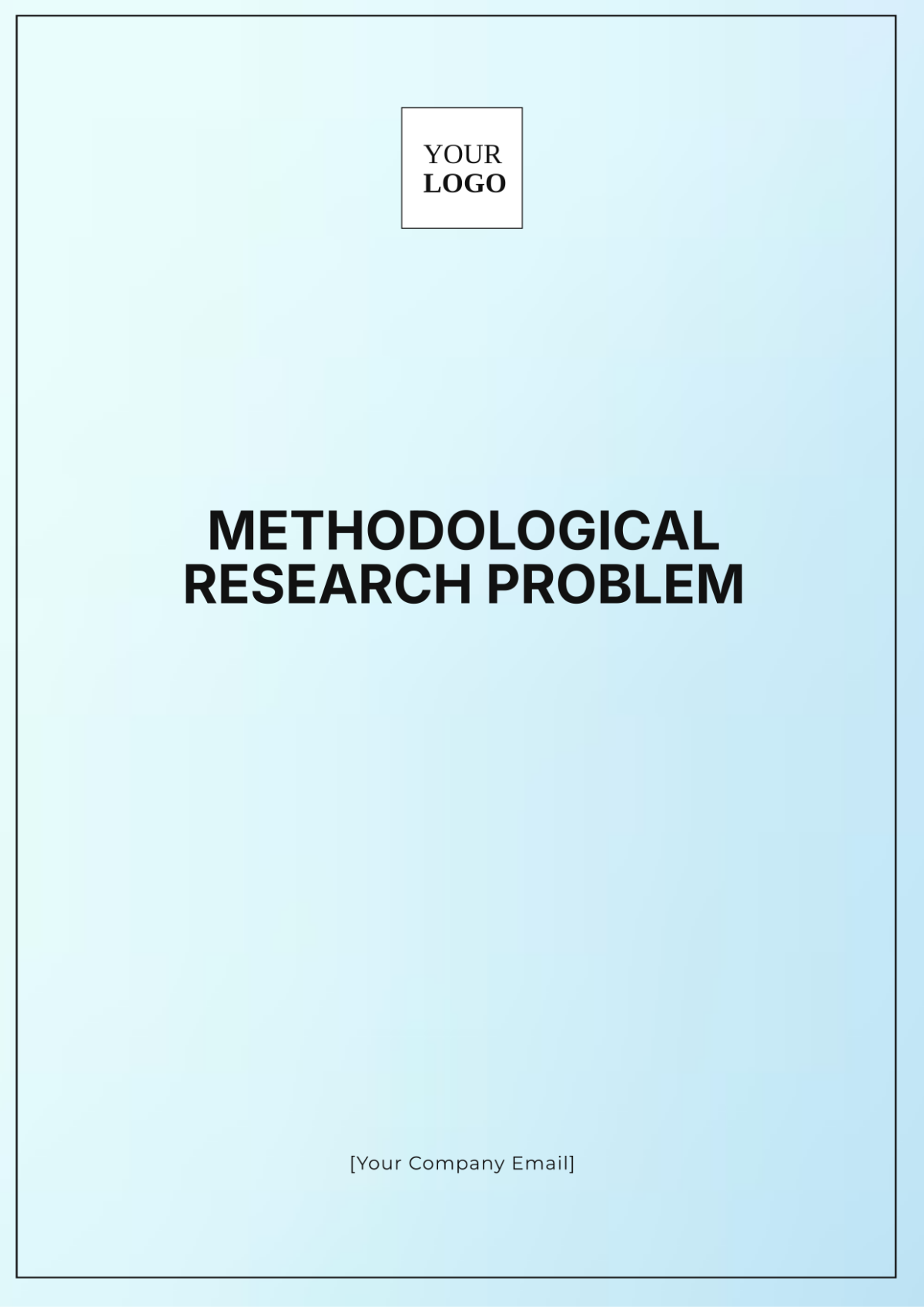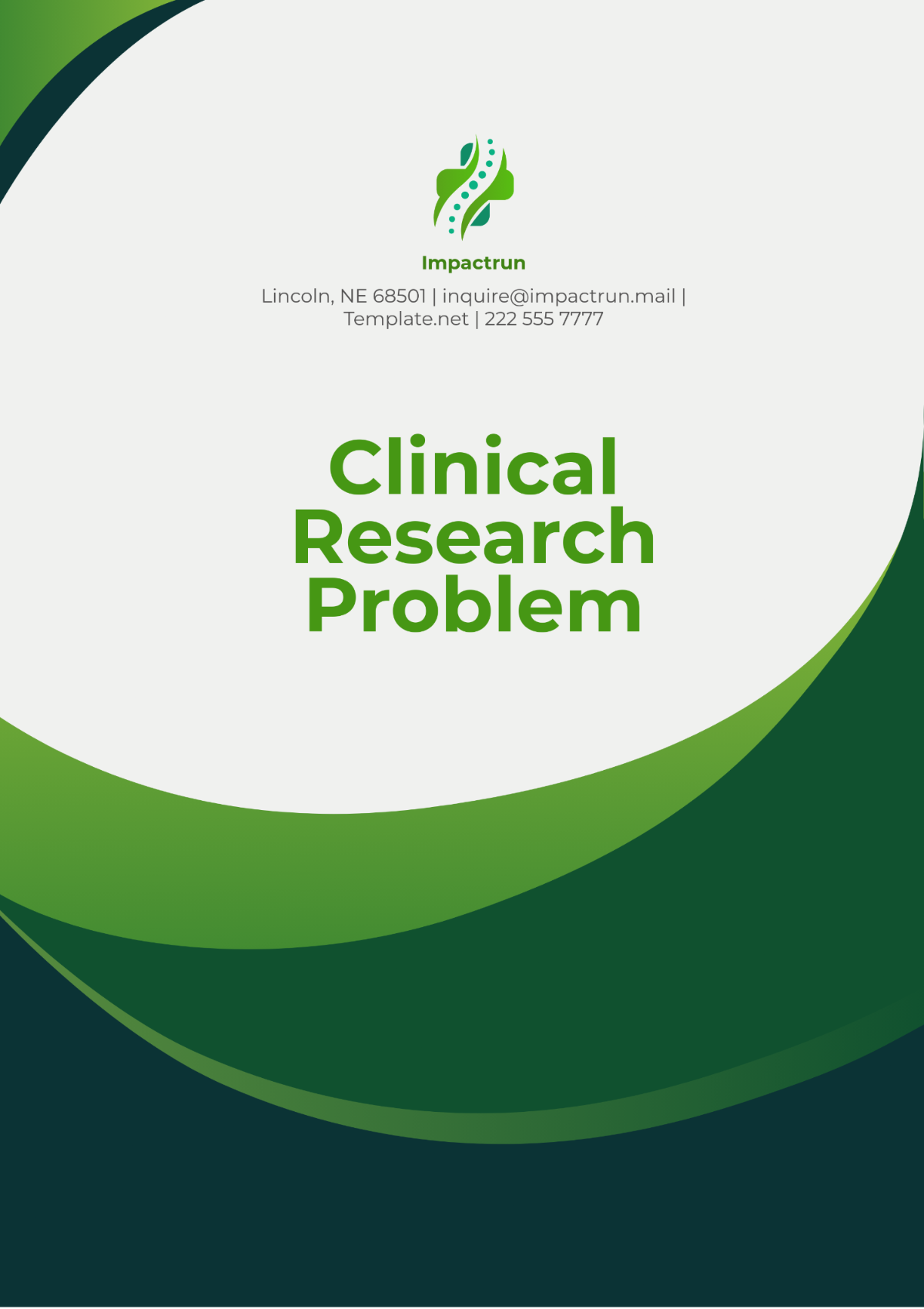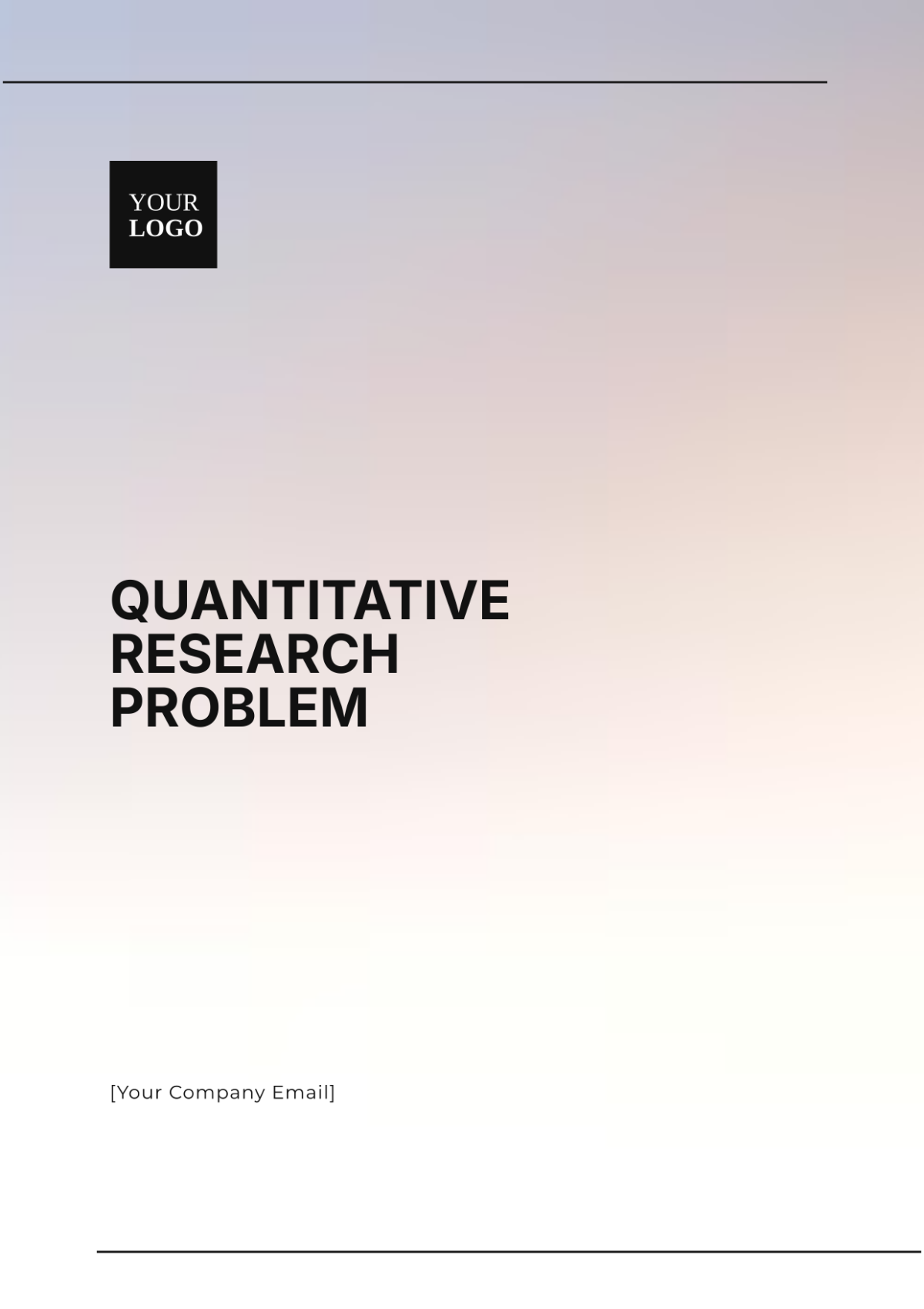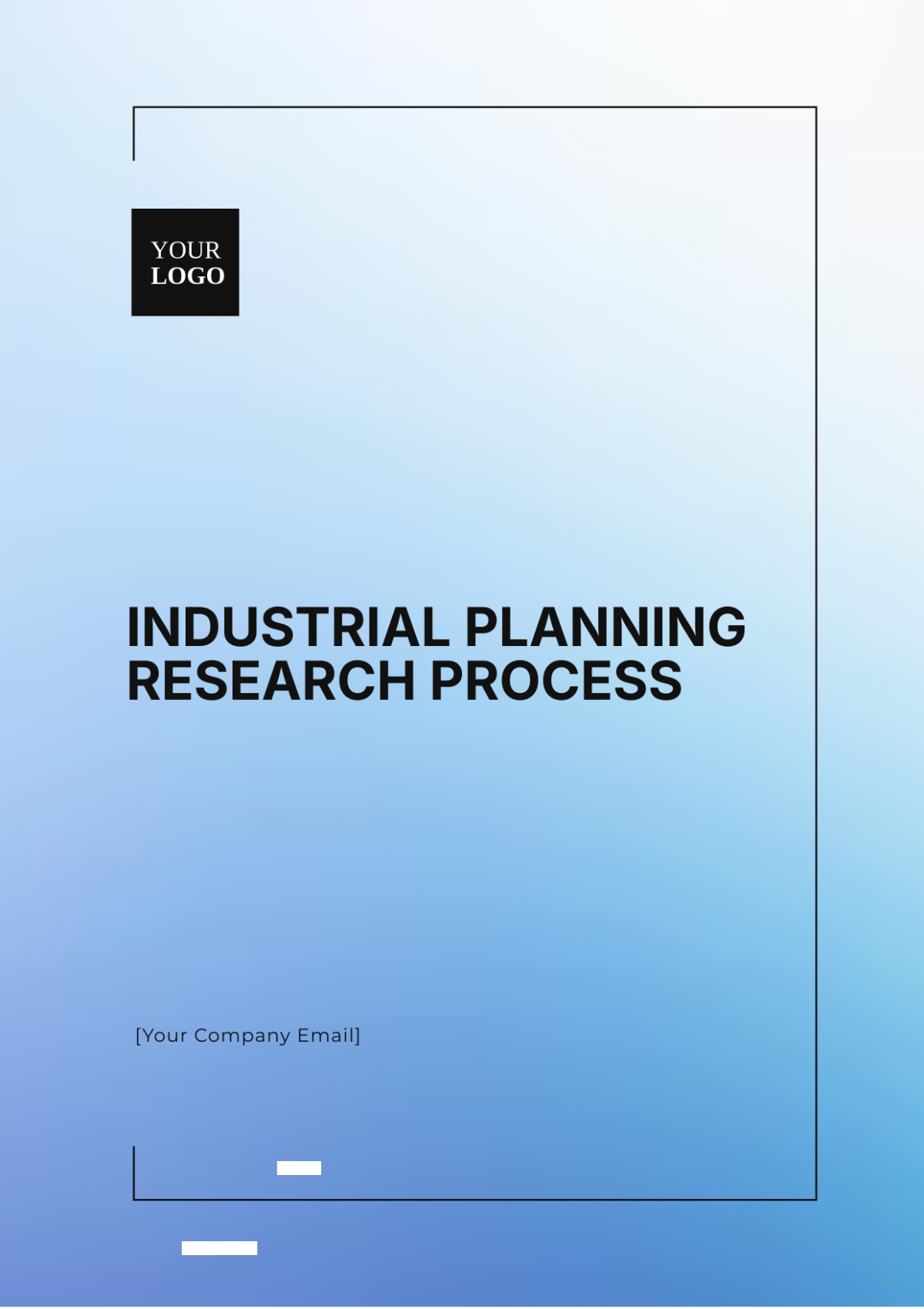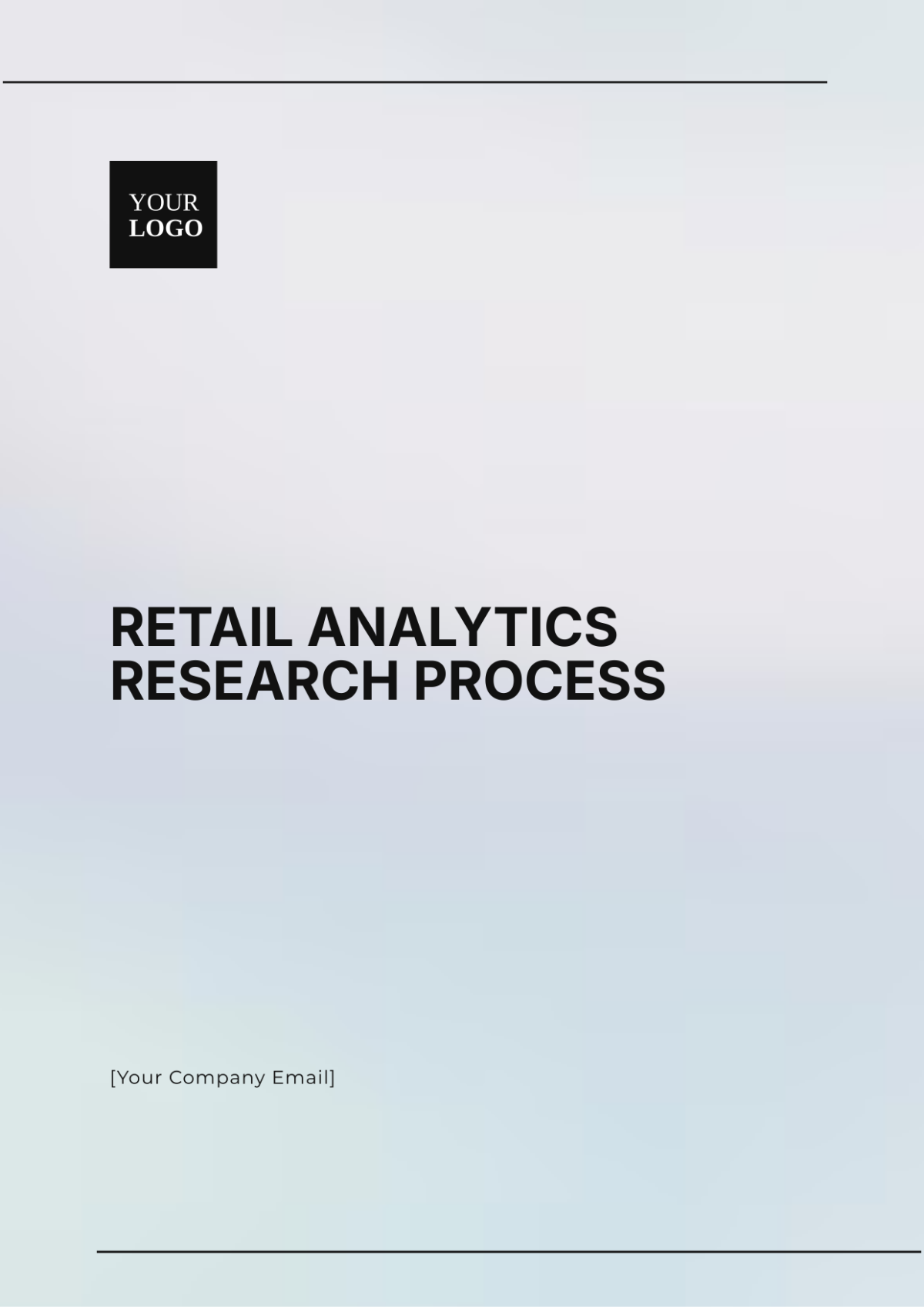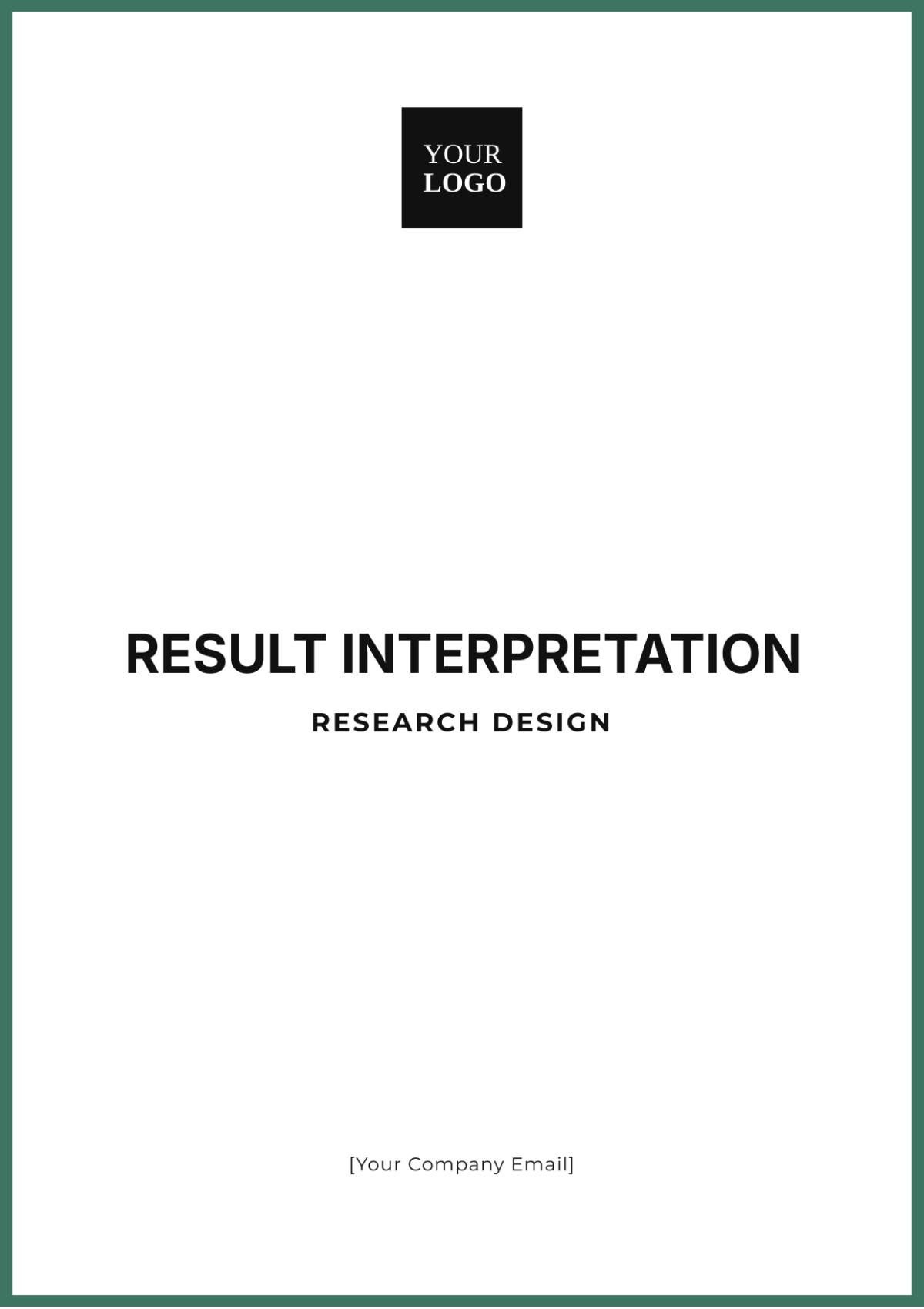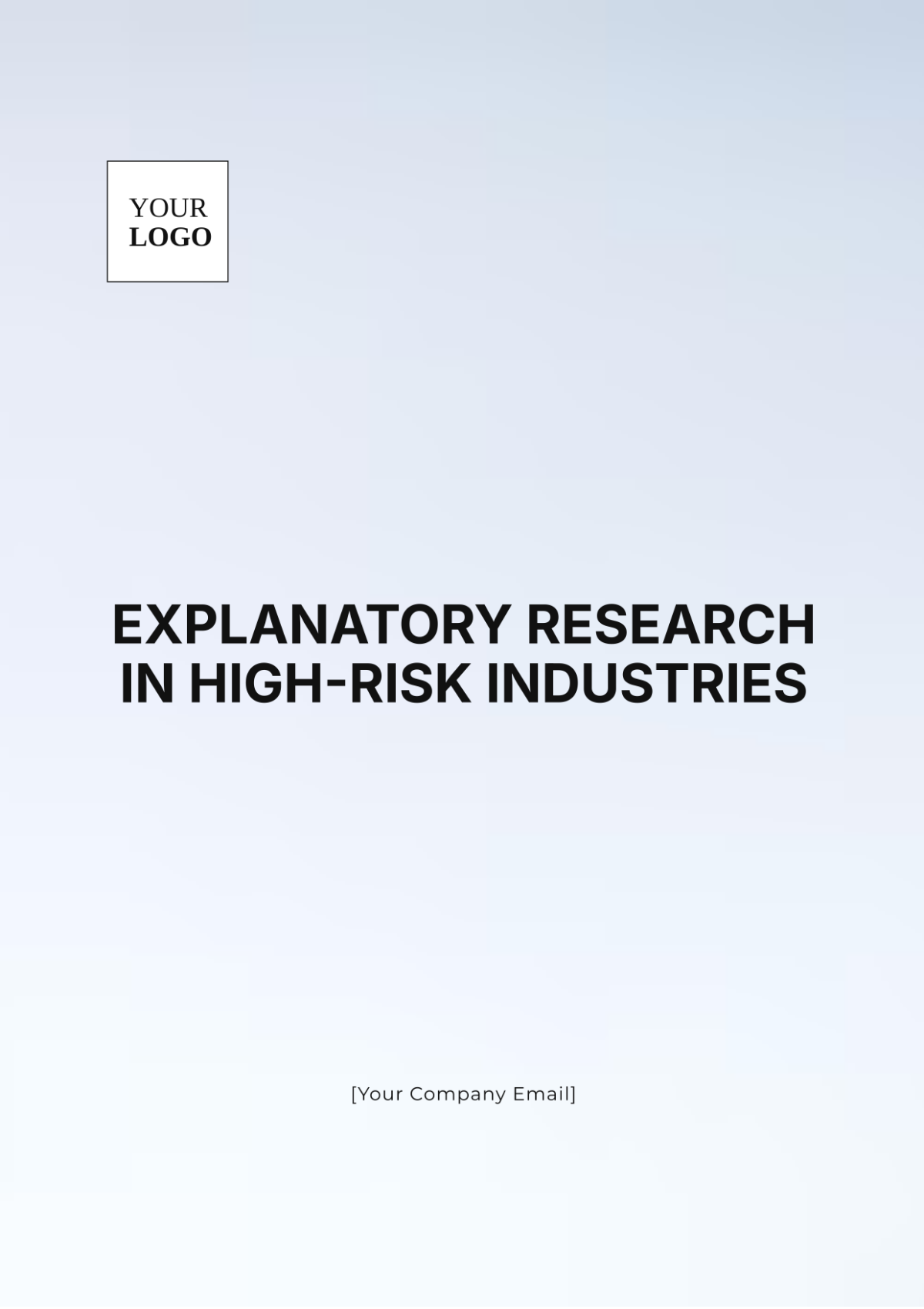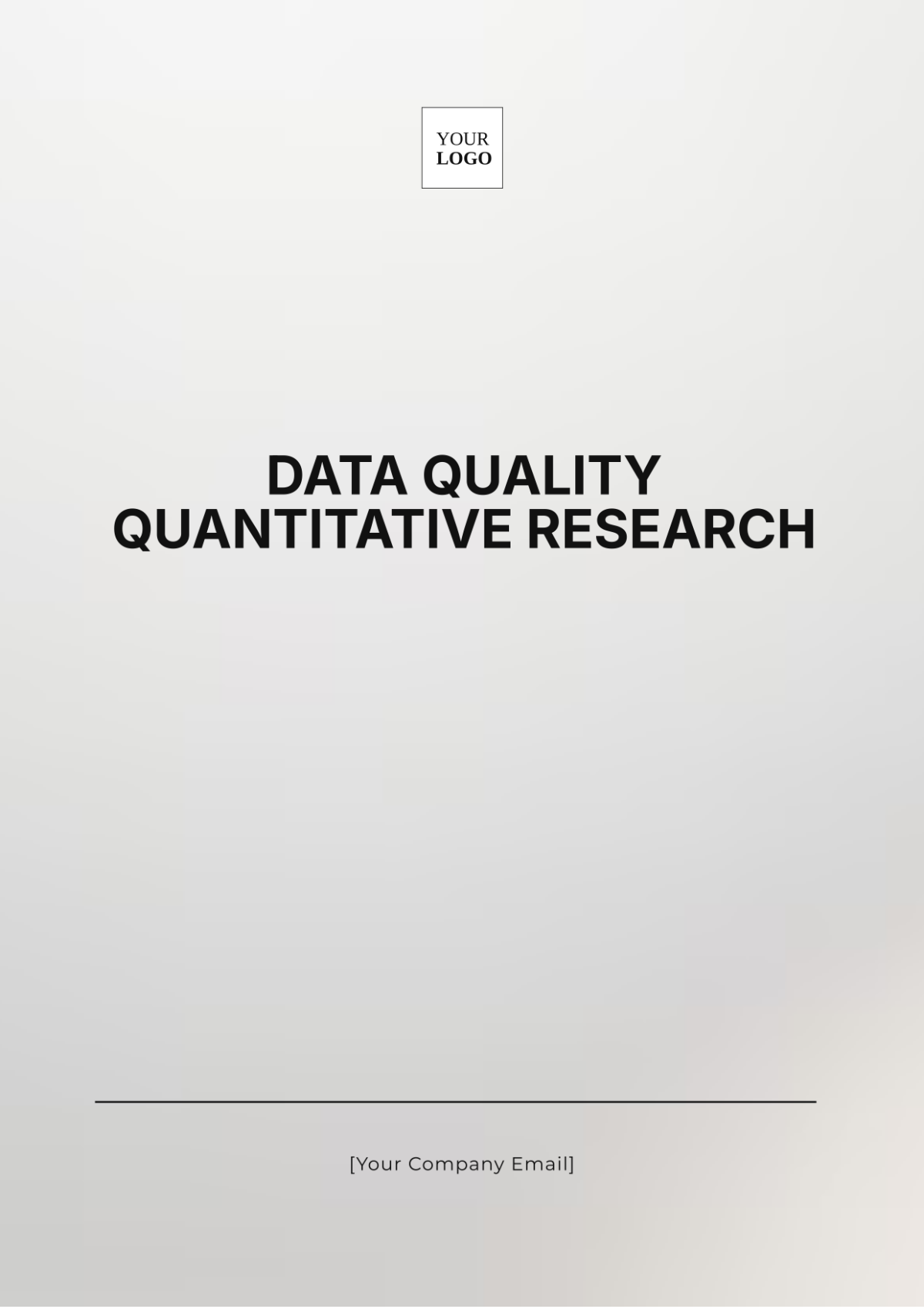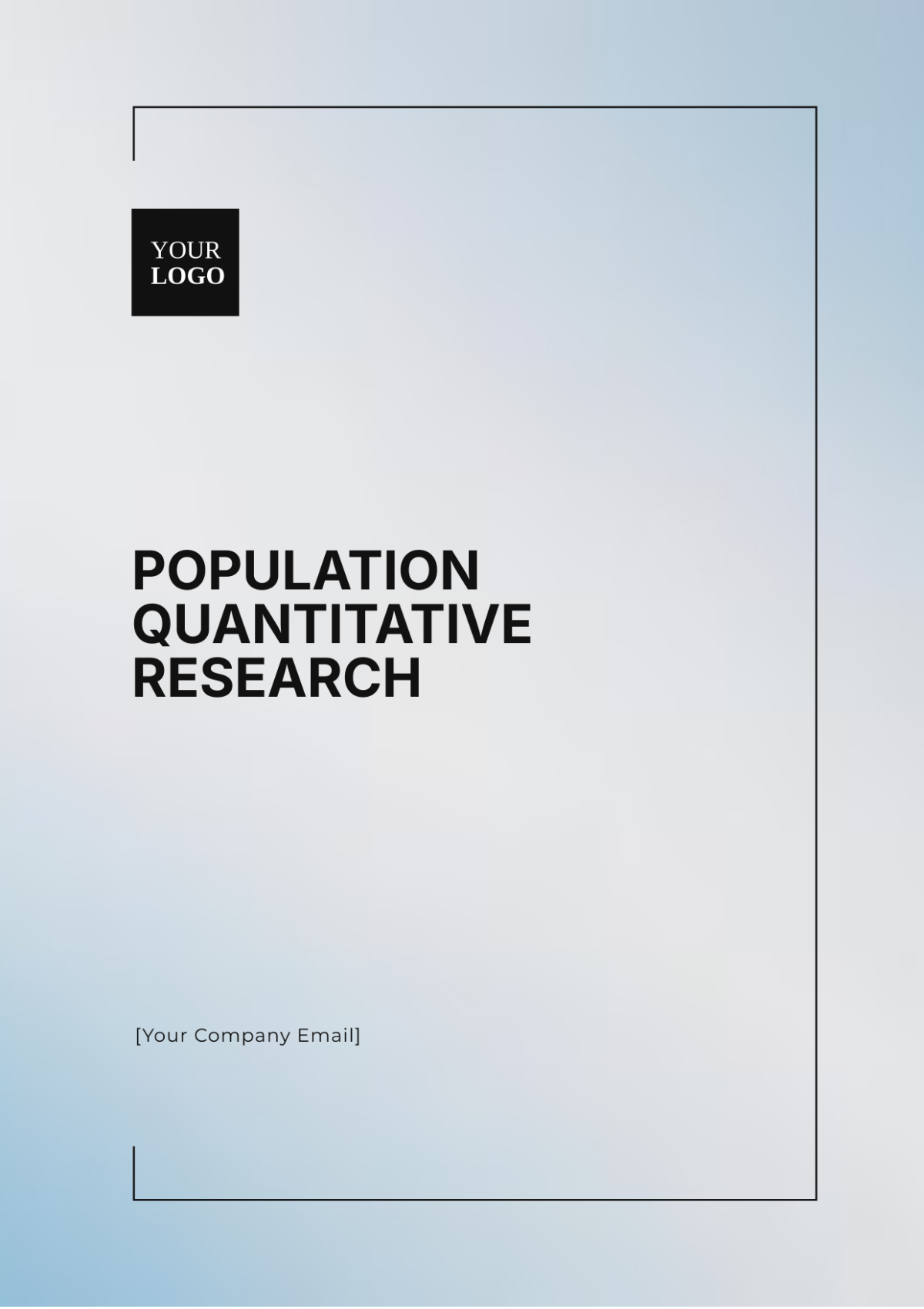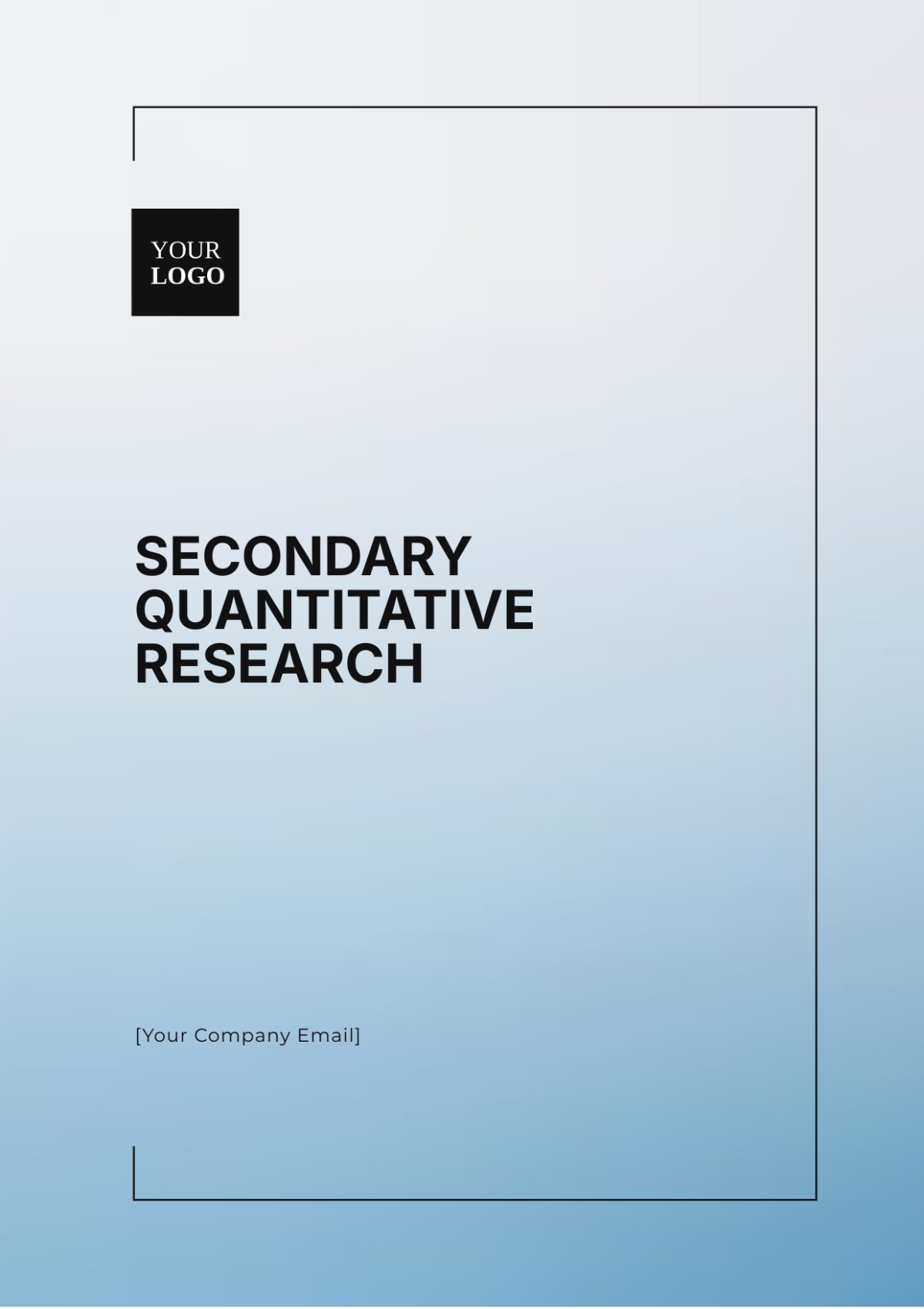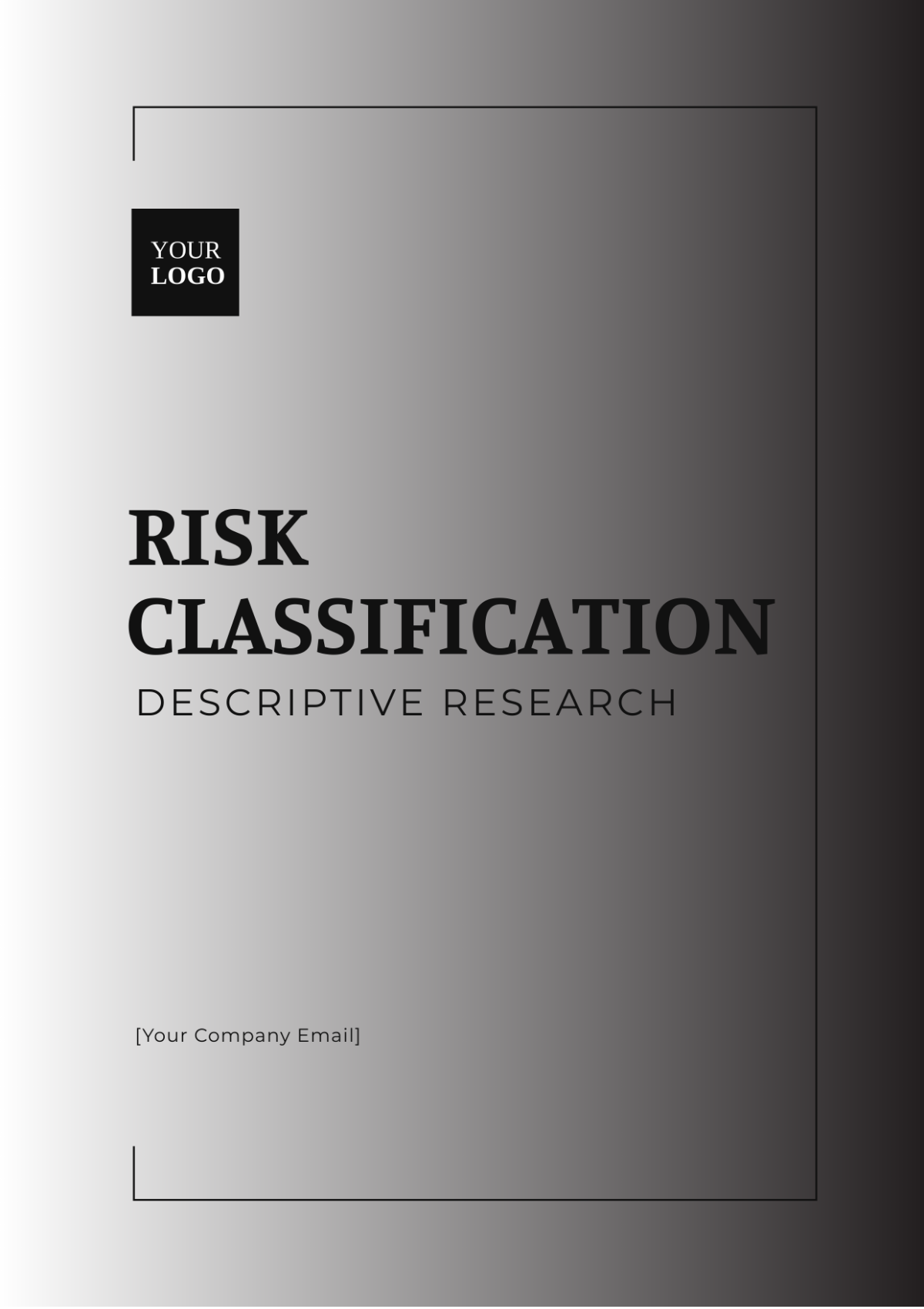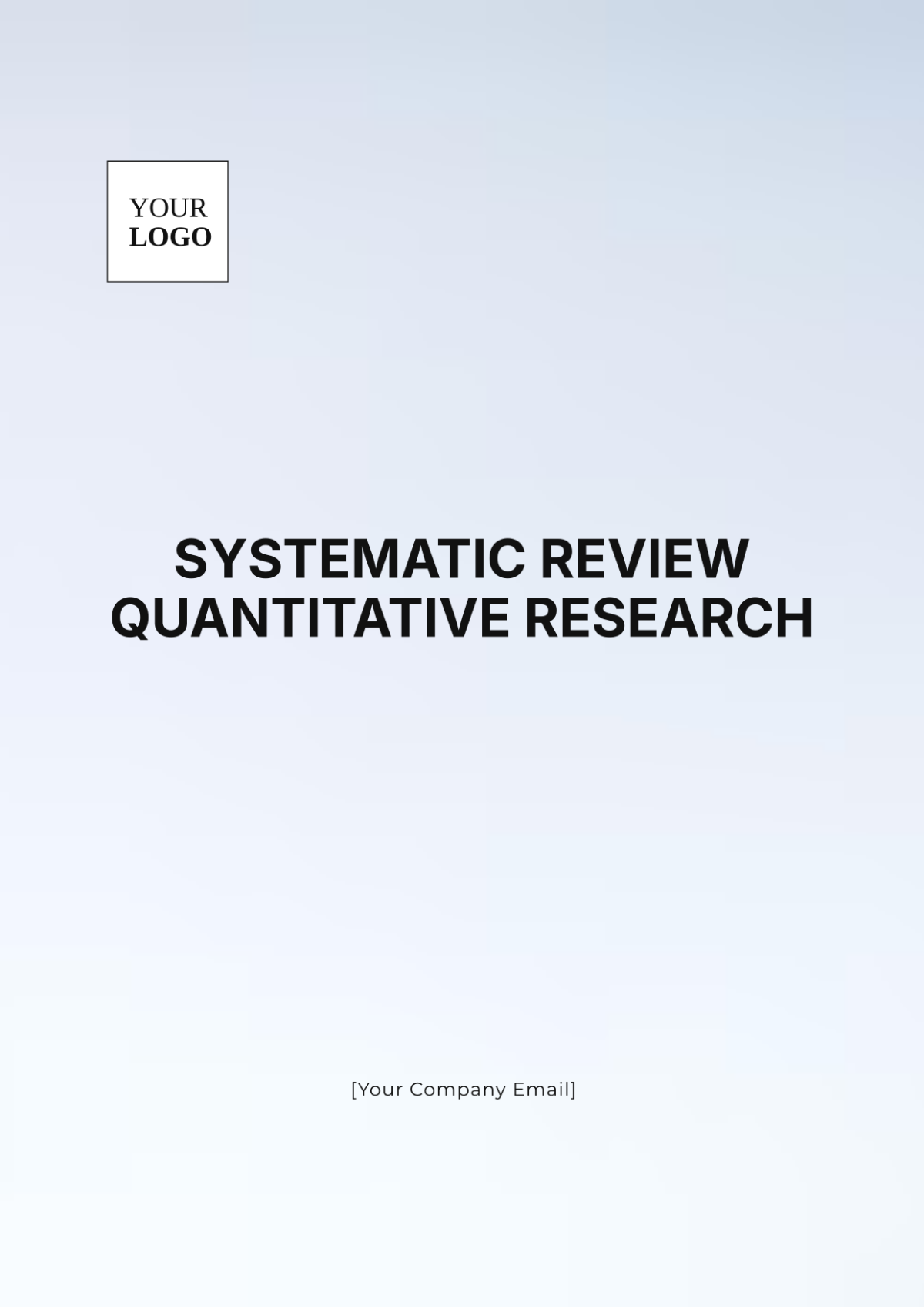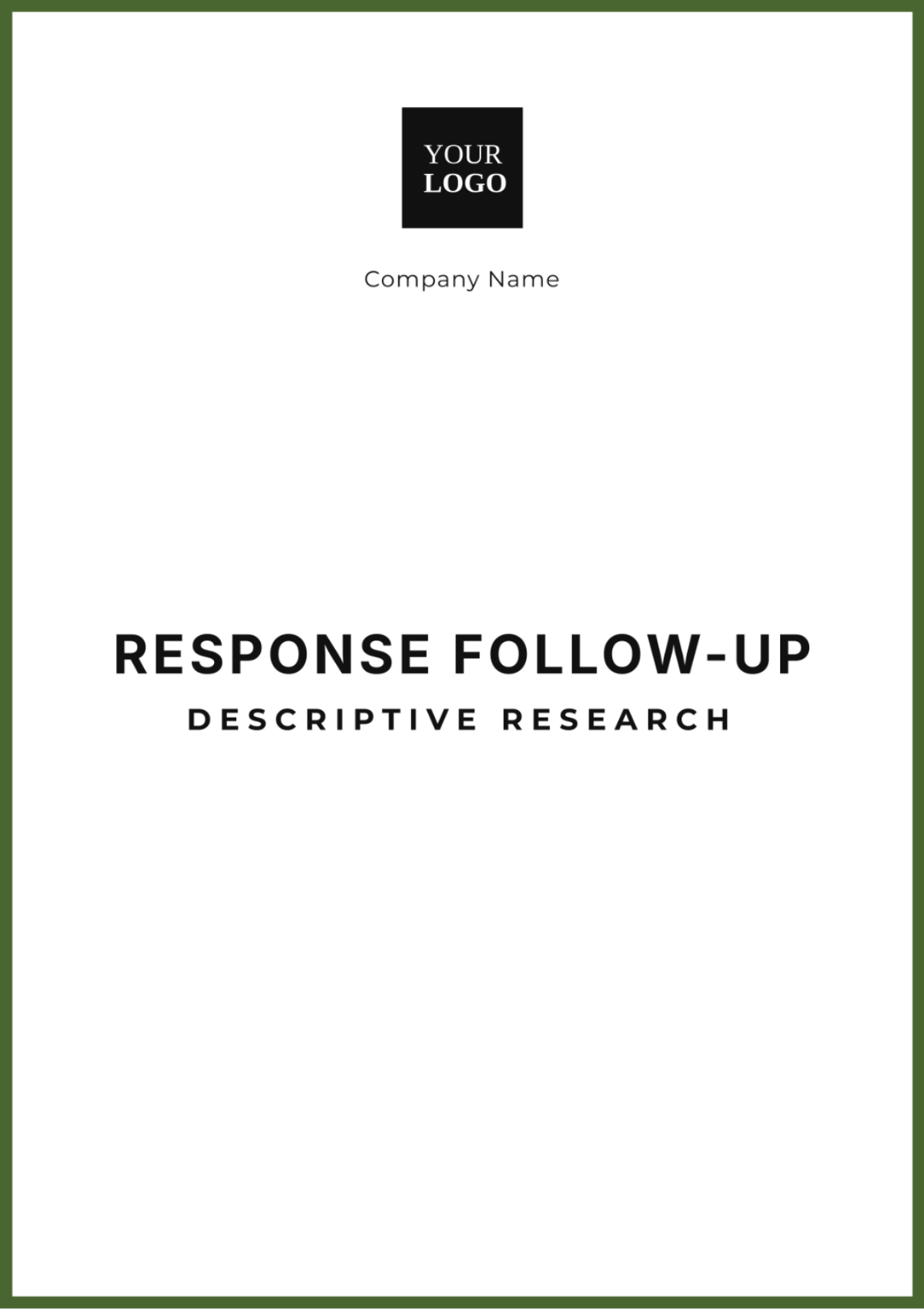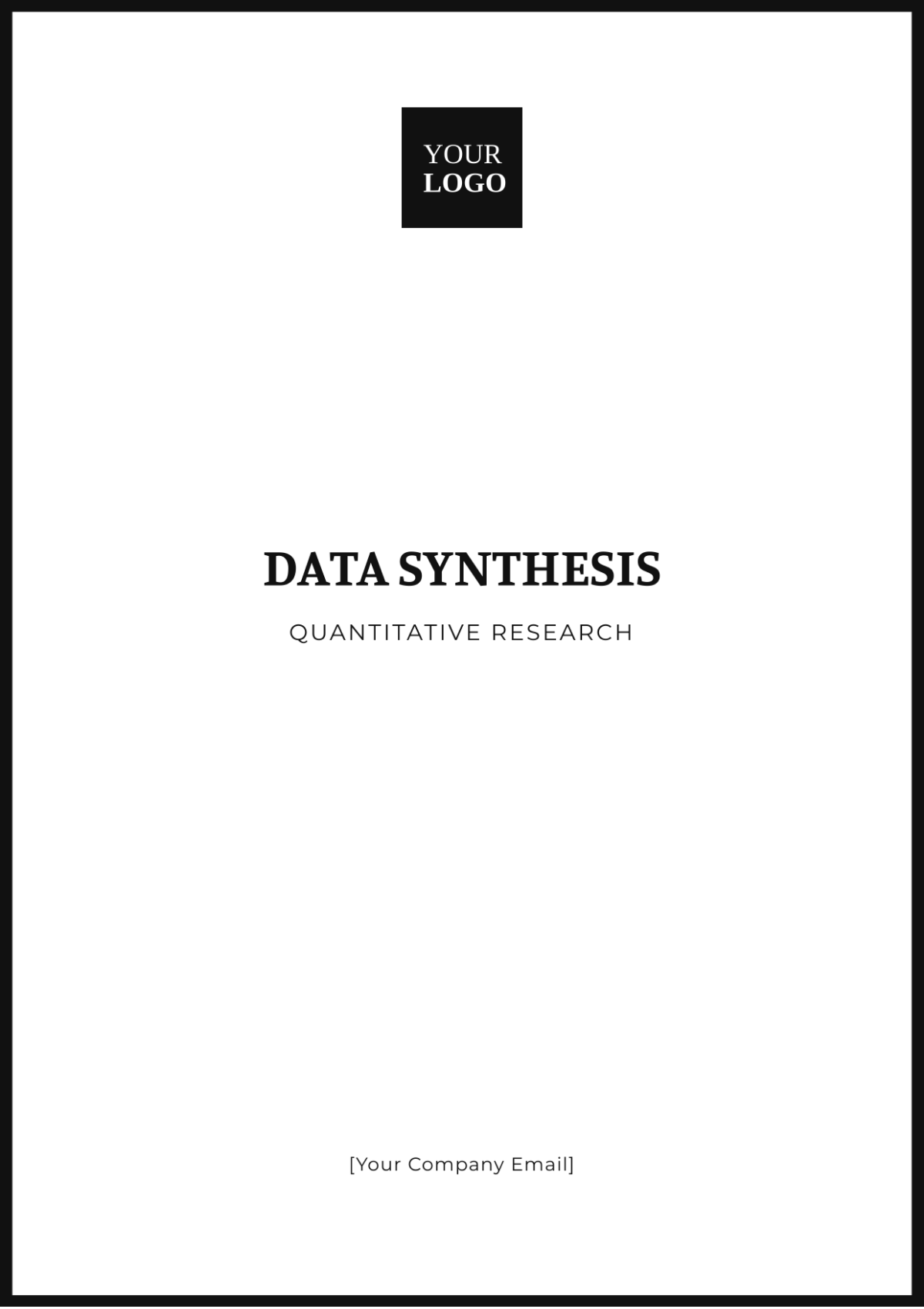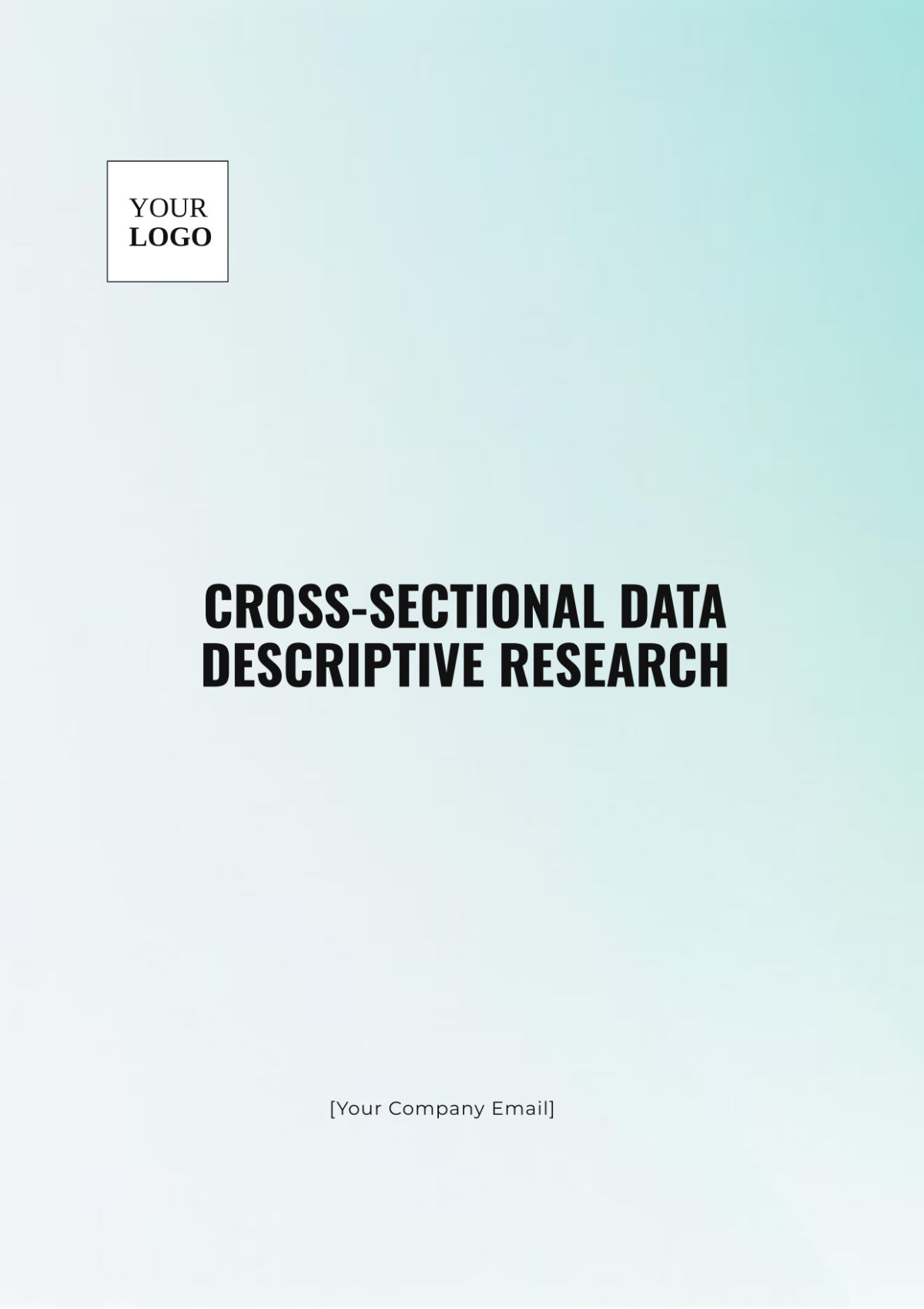Finance Accounts Research
Executive Summary
This report presents a comprehensive analysis of our organization's financial accounts, aiming to assess our financial health, operational efficiency, and market positioning. Through a mixed-method approach combining qualitative and quantitative research techniques, we have analyzed a wide range of data, including financial statements, budget reports, audit findings, market analysis, and feedback from customers and employees.
Key findings indicate that our organization has experienced consistent revenue growth over the past five years. However, this growth has been accompanied by proportional increases in operational expenses, particularly in technology investments, highlighting a need for more strategic budget management. Our liquidity ratios have improved, demonstrating enhanced short-term financial stability. The market analysis reveals a strong market position, though with a slowing industry growth rate and increasing competition, suggesting the need for strategic market reassessment.
Audit reports confirm our compliance with financial regulations, but also point to areas for improvement in internal control mechanisms. Customer and employee feedback emphasizes the demand for more personalized financial products and the positive impact of recent technology upgrades.
Based on these findings, we recommend enhanced budget management, expense optimization, reassessment of market strategies, continued investment in technology, customer-centric product development, employee training, regular compliance audits, and strategic risk management. These recommendations aim to address the identified challenges, leverage opportunities for improvement, and guide our organization towards sustained financial health and market competitiveness.
Introduction
The primary purpose of this research is to conduct an in-depth analysis of our organization's financial accounts, aiming to identify areas of strength, uncover potential risks, and pinpoint opportunities for improvement. Our objectives include:
Financial Health Assessment: Evaluate the overall financial health of our organization by analyzing current assets, liabilities, and equity positions.
Performance Analysis: Examine revenue streams and expense patterns over the past five years to understand growth trends and profitability metrics.
Risk Identification: Identify any potential financial risks that may impact our short-term and long-term financial stability.
Efficiency Optimization: Assess the efficiency of our current financial operations and identify areas where processes can be streamlined.
Strategic Planning: Provide data-driven insights to support strategic planning and decision-making processes.
Background Information
Our organization has experienced significant growth in the past decade, expanding both in market reach and product offerings. Despite this growth, the financial market's volatility and recent economic fluctuations have necessitated a more rigorous examination of our financial accounts.
Historically, our revenue streams have been robust, but with increased competition and changing market dynamics, there is a need to reassess our financial strategies. Furthermore, the introduction of new accounting software and changes in financial regulations have prompted us to re-evaluate our financial processes and compliance measures.
In conducting this research, we aim to build a comprehensive understanding of our financial standing, ensuring that we are well-equipped to navigate future challenges and capitalize on potential opportunities. This will not only fortify our financial resilience but also contribute to sustained organizational growth and stability.
Methodology
In this research, we employed a mixed-method approach, combining both qualitative and quantitative techniques to ensure a holistic analysis of our financial accounts. This methodology allows us to capture a comprehensive view of our financial health, encompassing numerical data interpretation and contextual understanding.
Research Methods
Qualitative Methods: These included expert interviews with our senior financial analysts and department heads to gain insights into financial decision-making processes and internal control mechanisms.
Quantitative Methods: We conducted statistical analyses of financial data, including trend analysis, ratio analysis, and variance analysis to quantify financial performance and health.
Data Sources
Primary Data Sources
Internal financial statements (Income Statements, Balance Sheets, Cash Flow Statements)
Internal audit reports
Management meeting minutes related to financial decisions
Secondary Data Sources
Industry financial benchmarks
Published reports on market trends affecting our industry
Regulatory and compliance guidelines relevant to our financial operations
Analytical Tools
Microsoft Excel: For data organization, trend analysis, and creating financial models
SPSS (Statistical Package for the Social Sciences): For complex statistical analyses and hypothesis testing
Tableau: For data visualization and creating interactive dashboards to present financial data
QuickBooks: To review and analyze accounting records and financial transactions
Account Analysis Framework
Our account analysis framework is designed to systematically dissect and evaluate various aspects of our financial health. By categorizing our financial data and applying key financial ratios and performance indicators, we gain valuable insights into our fiscal stability and performance.
Categories for Analysis | Key Financial Ratios and Performance Indicators |
Assets | Current Ratio: 1.5 |
Quick Ratio: 1.2 | |
Return on Assets (ROA): 5% | |
Liabilities | Debt-to-Equity Ratio: 0.8 |
Interest Coverage Ratio: 3.0 | |
Equity | Return on Equity (ROE): 10% |
Equity Ratio: 60% | |
Revenue | Year-over-Year Growth: 4% |
Gross Profit Margin: 55% | |
Expenses | Operating Expense Ratio: 35% |
Cost of Goods Sold (COGS) as % of Revenue: 45% | |
Cash Flow | Operating Cash Flow Margin: 25% |
Free Cash Flow: $2M | |
Financial Health Indicators | Working Capital: $5M |
EBITDA: $4M |
Data Collected
In this phase of our research, we meticulously gathered extensive financial data to form the foundation of our analysis. The data collected spans various aspects of our financial operations, providing a comprehensive base for in-depth evaluation.
Data Collected | Time Period | Source of Data |
Income Statements | 2079-2083 | Internal Accounting |
Balance Sheets | 2079-2083 | Internal Accounting |
Cash Flow Statements | 2079-2083 | Internal Accounting |
Annual Budget Reports | 2079-2083 | Financial Department |
Audit Reports | 2079-2083 | Audit Department |
Market Analysis Reports | 2079-2083 | Market Research Team |
Regulatory Compliance Documents | 2079-2083 | Legal Department |
Customer Satisfaction Surveys | 2083 | Customer Service Dept. |
Employee Feedback on Financial Processes | 2083 | Human Resources |
Technology Upgrade Reports | 2020-2083 | IT Department |
Data Analysis
Our data analysis involved a rigorous examination of the collected data, utilizing various analytical techniques to uncover trends, patterns, and insights. This analysis enabled us to draw meaningful conclusions about our financial health and operational efficiency.
Analysis of Financial Statements (Appendix A, B, C):
We observed a steady increase in revenue over the last five years, with a compound annual growth rate (CAGR) of approximately 4%. This growth, however, was accompanied by a proportional increase in operational expenses, impacting our net profit margins.
Our asset base grew consistently, with a notable increase in liquid assets, improving our current and quick ratios. This indicates enhanced short-term financial stability.
Budget Versus Actuals Analysis (Appendix D):
A comparison of annual budget reports with actual expenditures highlighted areas of over and under-spending. We identified that technology investments were higher than budgeted, but contributed to improved operational efficiencies.
Audit Report Insights (Appendix E):
Internal and external audit reports revealed no significant compliance issues but suggested improvements in internal control mechanisms over cash handling and financial reporting processes.
Market Analysis Implications (Appendix F):
Our market position remains strong, but the analysis indicates increasing competition and changing customer preferences, suggesting a need for strategic adaptation in product offerings and marketing strategies.
Regulatory Compliance Review (Appendix G):
The compliance documents affirmed our adherence to current financial regulations, with no major violations or penalties in the past five years.
Customer and Employee Feedback Analysis (Appendix H, I):
Feedback Type | Year | Satisfaction Rating (out of 10) | Improvement Requests (%) |
Customer | 2083 | 8.5 | 20 |
Employee | 9.0 | 15 |
Customer satisfaction surveys showed high ratings in service quality but indicated a demand for more personalized financial products.
Employee feedback revealed the positive impact of recent technology upgrades in the Finance Department on workflow efficiency.
Technology Upgrade Impact (Appendix J):
Post-implementation reviews of technological upgrades in the Finance Department showed a significant reduction in processing time for financial transactions and improved data accuracy.
Conclusion
The comprehensive analysis of our financial accounts has provided us with valuable insights into our organization's financial health and operational efficiency. Our sustained revenue growth and improved liquidity position underscore a robust financial standing. However, the parallel increase in expenses, particularly in technology investments, calls for a more nuanced approach to budgeting and cost management. The market analysis indicates a strong but challenged market position, necessitating strategic adaptations to stay ahead of the competition and industry trends. Overall, the findings from this research highlight both our strengths and areas where improvements can be made, setting the stage for informed decision-making and strategic planning.
Recommendations
Based on our research findings, the following recommendations are proposed to address identified challenges and capitalize on opportunities:
Enhanced Budget Management: Develop more accurate budget forecasting methods, particularly in areas of technology investment, to align better with actual expenditures and ensure cost efficiency.
Expense Optimization: Conduct a thorough review of current operational expenses to identify and eliminate inefficiencies, focusing on maintaining profitability while supporting growth.
Market Strategy Reassessment: Revisit our market strategies to address the slowing industry growth and increased competition. This may include diversifying product offerings, exploring new markets, or enhancing marketing efforts.
Investment in Technology: Continue to invest in technological advancements in the Finance Department, as this has shown to improve operational efficiency and data accuracy.
Customer-Centric Product Development: Incorporate customer feedback into product development to enhance personalization and customer satisfaction.
Employee Training and Engagement: Implement targeted training programs to improve financial processes based on employee feedback, ensuring that the staff is well-equipped to handle evolving financial scenarios.
Regular Compliance Audits: Maintain a schedule of regular internal and external audits to ensure ongoing compliance with financial regulations and identify areas for improvement in internal controls.






